Easy Food’s cake queen Shannon Peare has a lot to share when it comes to baking. Here, you can get the inside scoop on some of her best baking tips.
Back to basics baking
Baking is a science and sometimes the easiest of mistakes can take its toll on the final bake. Soggy bottoms, a slab of biscuits or a sunken cake can all be avoided by simply going back to basics. Now pay attention — this is baking 101! Get your ovens preheated and your tins lined, because we’re starting from the very beginning.

I have the need… the need to read!
After drooling over all the delicious bakes in your cookbook, it’s time to start reading! Once you have picked your recipe, you should read it through at least twice. I am guilty of getting overly excited when it comes to baking; too often, I don’t read the recipe properly, and I miss an ingredient or a step. Reading through a recipe is key, as all the steps will be fresh in your mind and you will avoid error.
READ MORE: Meet the team: Shannon
Making a list and checking it twice
Once you have read your recipe, it’s time to check the cupboards. There’s nothing worse than realising you don’t have an ingredient when you’re mid-bake! Check your ingredients, make a list and off to the shop you pop. It’s important to be prepared, as there are very few substitutes you can make in baking.
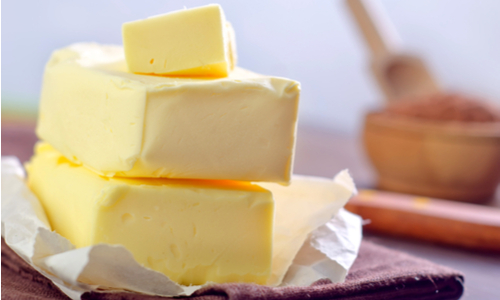
Butter is the key element to anything you bake.
All about that butter!
Butter is the base of any good bake. However, butter is a funny ingredient when it comes to baking — depending on the type of bake, the butter may need to be chilled, room temperature or, sometimes, melted. Most recipes will specify how the butter should be prepped, as the temperature of the butter can dramatically affect the texture of a bake.
- Most recipes call for butter to be at room temperature. The butter should be cool to the touch and, when you press it, your finger should make an indent. Leave your butter out on the counter for about one hour before baking. When you’re just back from the shop, leave the butter out on the counter so you don’t forget.
- Chilled butter is used for pastry and sometimes biscuits. This is so that the butter doesn’t melt when mixing, this is what gives pastry its flaky texture.
- Melted butter should only be used if specified in the recipe. The butter should be melted, but not hot, as this can cook the eggs. Melted butter is often used when making brownies.
Room temperature ingredients
If a recipe specifies to have the eggs or any other ingredient at room temperature, make sure to do so. Room temperature ingredients emulsify better, giving a uniform texture throughout the bake. Hard butter or cold eggs won’t cream or whip as easily. Room temperature ingredients give more volume to the mix.

Get out of the weigh!
Unlike cooking, you can’t bake something by throwing some ingredients together. Baking is all about precision and balance. A good tip is to weigh out all your ingredients before you start baking. By doing this, you will eliminate the risk of forgetting an ingredient. Read through the ingredients once more to ensure you have everything. Be sure to use a scales to weigh out ingredients; you can even weigh your liquids by changing your scales setting to millilitres.
READ MORE: Shannon’s favourite Easy Food recipe: The best chocolate cake ever!
Getting (the oven) hot hot hot
Preheating the oven may seem like a waste of time, but when it comes to baking, it can have a serious impact on your final bake. Time and temperature is key to a bake’s texture and flavour. The fine crumb or flakiness of a bake is achieved by the expansion of trapped air and/or moisture in the batter or dough (along with chemical raising agents). This expansion is produced by heat! When you’ve combined all your ingredients, it is important to get the mix into a prepared tin and into the oven as quickly as possible as, once the liquid is added, it will activate the raising agent. Get the bake into the oven to trap the air bubbles caused by this reaction.

Prepare your baking vessel
Whether you are making a cake, biscuits, bread or any other bake, it is essential to have your tins prepared. Line baking trays with non-stick parchment paper. When baking sponge, you can line the inside of the tin with non stick parchment paper, or cut a disc of parchment for the base of the tin, grease the sides with butter and dust with flour. The flour acts as a barrier so that the butter doesn’t fry the sides of the cake. Prepare your tin before you start combining your weighed ingredients so that you can get your bake into the oven as quickly as possible.
Crack open the oven door
When checking your bake in the oven, it’s essential to open the door slowly. When baking a sponge, if the cake has not yet set, whisking open the door can cause the cake to sink. I like to follow this rule for every bake, just in case!
“Check, check, check it out!”
Everyone’s oven is different, but we eventually get to know our own oven’s flaws. When following a recipe, you may stick to the recommended time but how do you know if your bake is complete?
- For any sponge (cakes, cupcake, muffins etc.), test the cake by inserting a skewer or a toothpick into the centre of the cake; if it comes out clean, the cake is done. You can also test the cake by gently tapping the centre of the sponge, if it feels firm and springy to the touch, the sponge is baked.
- For cookies, you want the edges to be crisp and the middle slightly gooey. The heat of the tray will finish the baking process. The edges will be golden brown and the middle will be perfectly set.
- With brownies, you almost want them slightly under-baked; this is how you achieve the perfect moist, fudgy texture. The brownies should have a firm top and the surface should be soft when pressed, but should not spring back like a cake.
READ MORE: Easy Food’s baking recipes
Cool down
When your bake is complete, it is important to allow the bake to cool. Some bakes such as brownies and cookies need to be completely cooled in their tins as the heat of the tin will finish the cooking process. When decorating cakes or biscuits with icing, they need to be completely cooled or else the icing will run off. Always allow bakes to cool slightly in their tins before transferring them to a wire rack to cool completely.
Baking is supposed to be enjoyable and creative. If this is your first time baking, don’t worry if it doesn’t work out. Don’t be discouraged, and be sure to try again. Don’t forget, if all else fails, you can always run to the shop and use a boxed mix… your friends will be none the wiser!
Your baking checklist
- Do you have your apron on and your cup of tea on standby?
- Read through the recipe twice.
- Preheat the oven.
- Are your ingredients at room temperature?
- Line or grease your baking tin.
- Check the cupboard for ingredients.
- Weigh out ingredients.
- Did you remember the raising agent?
- Are your mixing bowl and utensils completely washed and dried?
- Do you have the correct-sized tin?
- Have your cooling rack ready on the counter.
- Do you have the correct flour?
- Did you remember to buy the whipped cream and ice cream to serve?
- Do you have your stretchy pants and your favourite dessert spoon ready?
Happy baking!
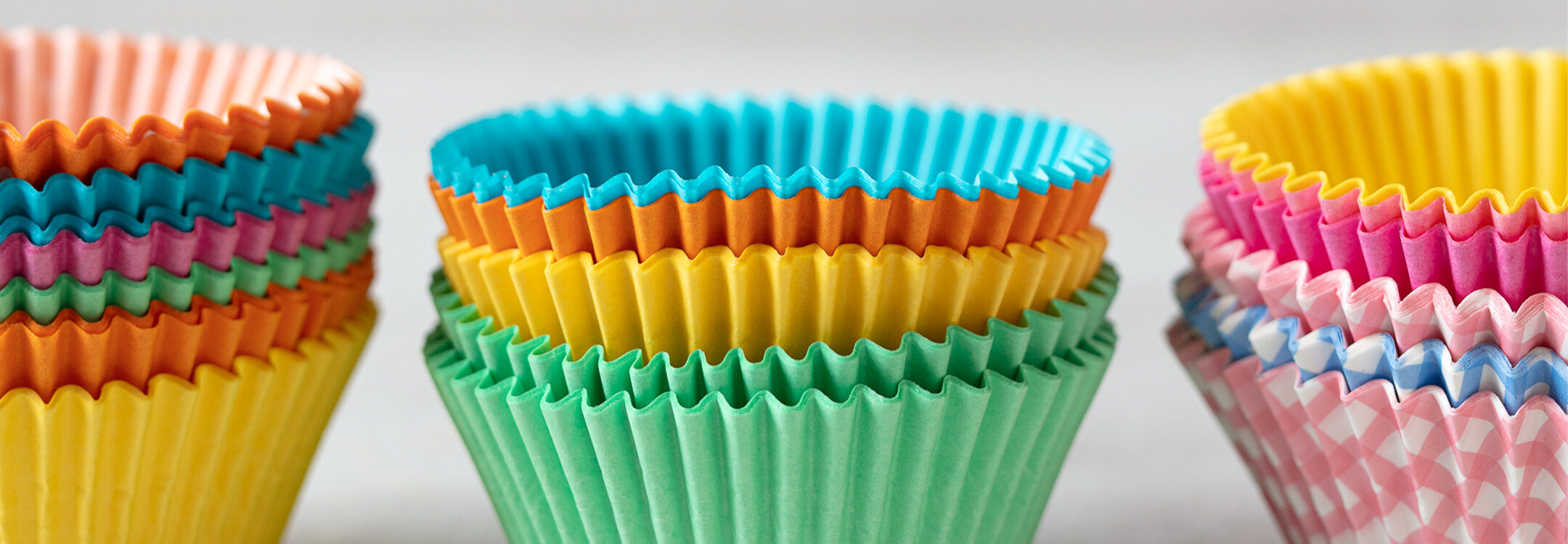
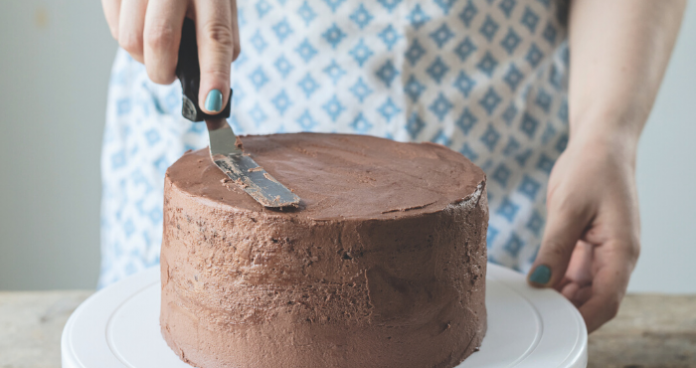
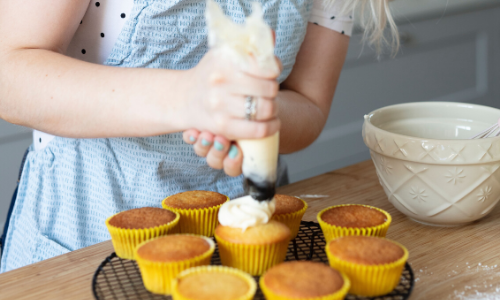
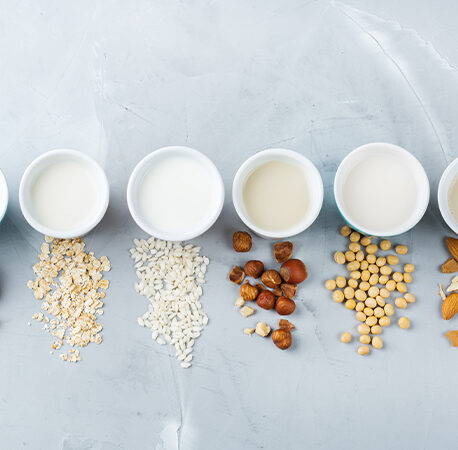
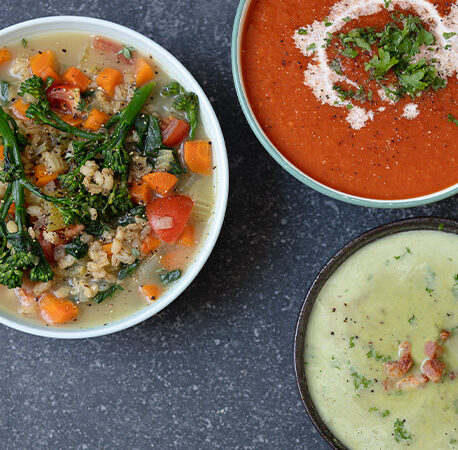
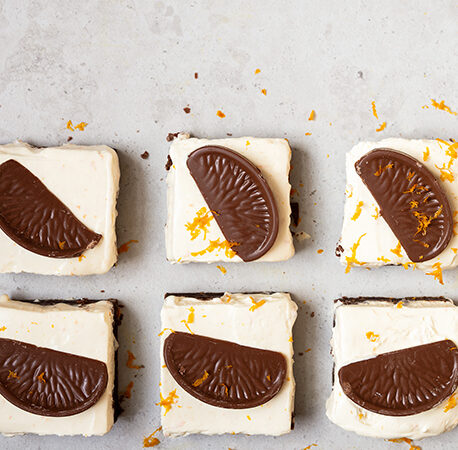
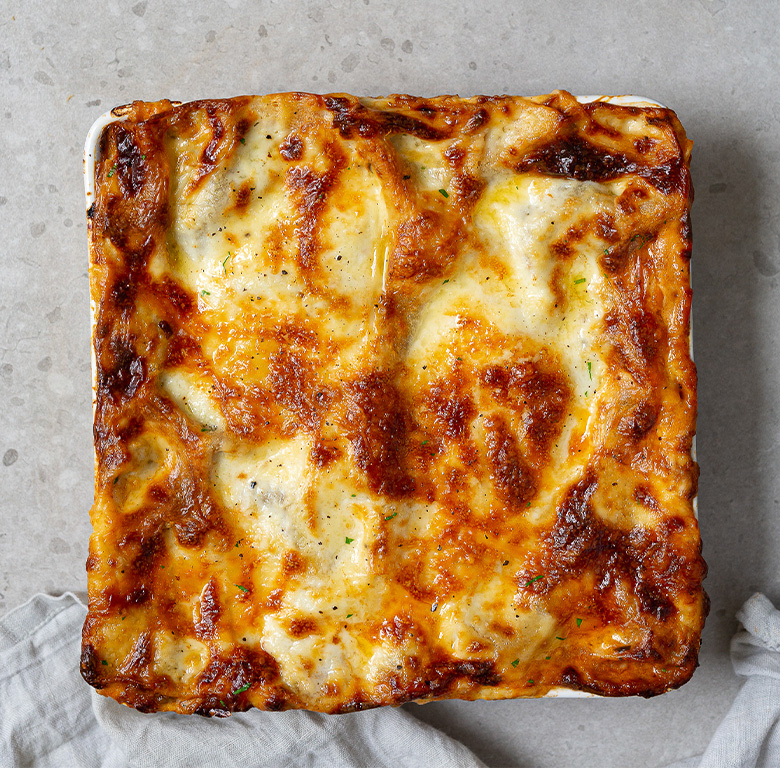
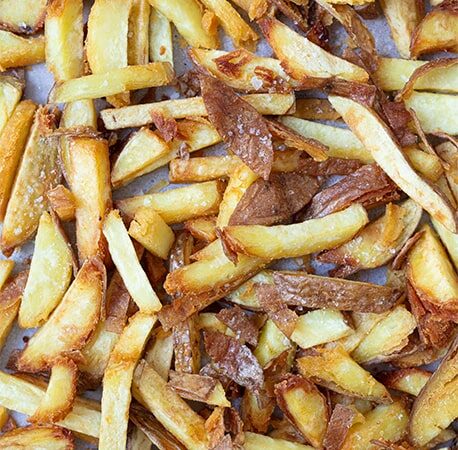
You have to be signed in to comment this post.